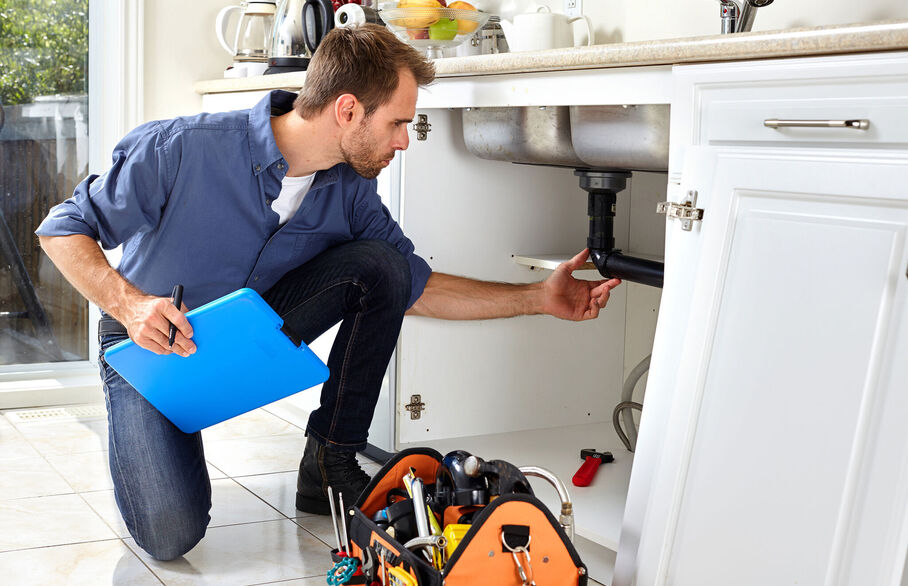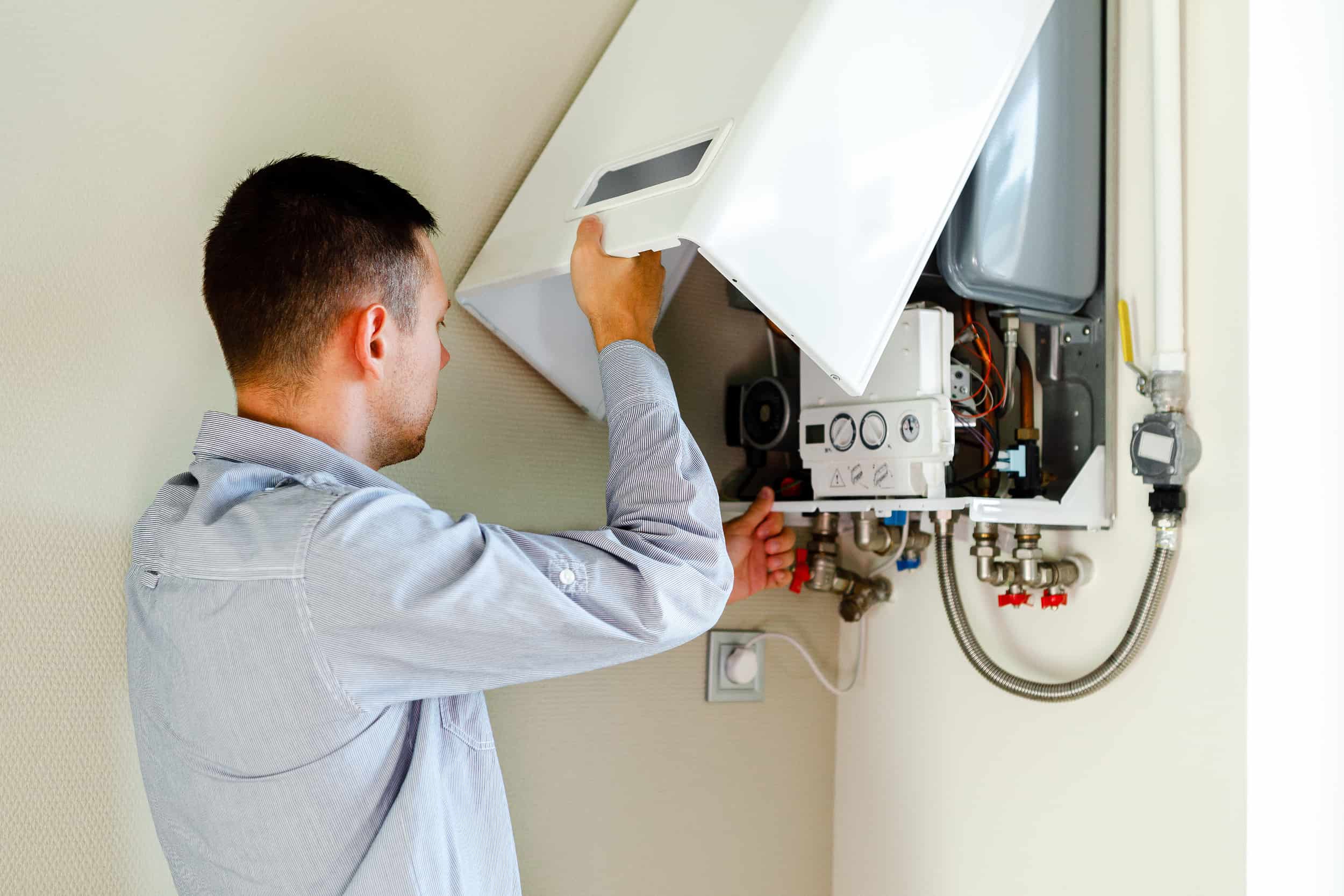Are you on the lookout for related information involving How to Handle Plumbing Issues in Your Rental Property?

Handling pipes issues in rental residential properties efficiently is important for keeping renter contentment and preserving the residential property's value. Whether you're a property manager or a property manager, understanding just how to address these typical troubles can conserve you time and money while guaranteeing conformity with legal duties. Below's a step-by-step guide on exactly how to take care of pipes issues in rental homes.
Paper Every little thing
Keep comprehensive records of all reported plumbing problems and the activities required to settle them. Documentation should include dates, summaries of the problem, interaction with tenants, and receipts from professionals or plumbing technicians. This details can be crucial for insurance claims, tax deductions, and legal security.
Use Qualified Professionals
Constantly make use of certified and insured specialists for significant plumbing repairs and installments. This makes sure that the job depends on code and can assist prevent responsibility issues in case of accidents or further damage. It also assures lessees that repairs are being handled professionally.
Develop Clear Communication
Urge lessees to report any pipes problems as quickly as they occur. Provide multiple communication channels such as phone, email, or an occupant portal to make it very easy for them to reach out. Prompt reactions to these reports can prevent small issues from escalating into major troubles.
Inform Renters
Enlighten your occupants about what comprises a pipes emergency and what does not. Provide standards on exactly how to take care of minor issues themselves, such as making use of a bettor to unclog a toilet. Likewise, notify them regarding what they ought to stay clear of putting down drains to prevent obstructions, such as grease, coffee premises, and non-biodegradable products.
Regular Maintenance
Implement a routine upkeep routine for all pipes systems in your leasing buildings. Normal checks can aid determine and settle issues like leakages, slow-moving drains, or corroded pipelines before they become serious. Think about hiring a professional plumbing technician to examine the homes every year or semi-annually.
Quick Response to Emergencies
Have a strategy in place for responding to plumbing emergencies. This must include having the contact information of reliable pipes solutions that use 24/7 emergency situation fixings. Quick activity is important to reduce damages in situations like burst pipes or extreme leakages.
Preventive Upgrades
Think about updating older plumbing systems and fixtures to more modern-day, efficient designs. This can lower the regularity and severity of pipes issues and reduced long-term upkeep costs. It's also a selling factor for possible lessees who value upgrades and modern-day features.
Lessee Move-Out Inspections
Conduct detailed pipes checks throughout move-out examinations to guarantee that any type of concerns are recognized and resolved before a new renter moves in. This prevents disputes with brand-new lessees over pre-existing conditions and makes sure the residential or commercial property remains in leading condition.
Understand Legal Obligations
Recognize your lawful obligations concerning plumbing and basic residential or commercial property maintenance. Many territories need proprietors to guarantee their homes are habitable which all pipes systems remain in good working order. Failing to deal with severe concerns promptly can cause legal actions from lessees.
Occupant Reimbursements
If a plumbing issue requires immediate interest and the lessee settles the problem on their own, have a clear policy in position for repaying expenses. Guarantee occupants understand they ought to acquire previous authorization for higher-cost repairs unless it's an outright emergency situation.
Conclusion
Managing plumbing problems in rental residential or commercial properties needs a proactive technique and excellent interaction with tenants. By remaining on top of maintenance, responding quickly to emergency situations, and using qualified professionals, property managers can maintain their homes in excellent problem and keep great relationships with occupants.
How to Handle Water Damage in a Rental Property
What is Water Damage?
Water damage is harm or destruction caused by water entering areas where it is not supposed to be. It can be caused by a variety of sources and can manifest in different ways. The most common examples of water damage include:
Leaking roof Plumbing leaks Appliance malfunctions Poor drainage Flooding Sewage backup Condensation Tenant negligence HVAC system issues Frozen pipes Is water damage dangerous?
Water damage itself is not inherently dangerous, but it can lead to various hazards and health risks if not promptly and properly addressed. The severity of these risks depends on the extent of the water damage, the source of the water, and how quickly it is mitigated.
Some potential dangers associated with water damage include structural damage, mold and bacterial growth, electrical hazards, water contamination, and pest infestations. In situations where mold and mildew have gone unaddressed, mold can start to develop within 24-48 hours of water exposure, and this can impose a serious health risk to tenants. In particular, mold spores and damp conditions can lead to respiratory issues and even make existing health problems worse, such as allergies, asthma, or immune disorders.
Water Damage in an Apartment - Who is Responsible?
If the water damage is caused by the tenant’s negligence, the tenant is responsible for the cost of repairs. If the water damage is caused by a defect in the property, the landlord is responsible for the cost of repairs. If the water damage is a result of natural causes, such as excessive rain, then the landlord is responsible, since the water intrusion likely occurred due to a defect in the property. Landlord Responsibility water damage in rental property
Since maintaining habitability is the landlord’s legal responsibility, landlords are responsible for any resulting structural damage caused by water damage. These structural damages may include damage to walls, roofs, ceilings, and flooring. If water damage has affected the rental property’s original structure, the landlord is responsible for repairing or replacing those materials. Therefore, landlords should have property insurance that covers the structural components of their rental property so that they can receive help with the costs of covered events.
Preventative measures can also help landlords avoid massive renovations. Preventative maintenance may include conducting regular inspections to identify and address potential water damage before it becomes a major and urgent problem.
If a landlord fails to meet their responsibilities regarding water damage, it can lead to legal disputes and potential liability. Tenants who believe their landlord is not addressing water damage issues in accordance with California law can seek legal advice or contact local housing authorities for assistance.
https://www.goodlifemgmt.com/blog/water-damage-in-a-rental-property/

I'm just very involved in How to Handle Plumbing Issues in Your Rental Property and I hope you enjoyed the new post. Are you aware of another individual who is enthusiastic about the topic? Feel free to share it. Thank you so much for going through it.